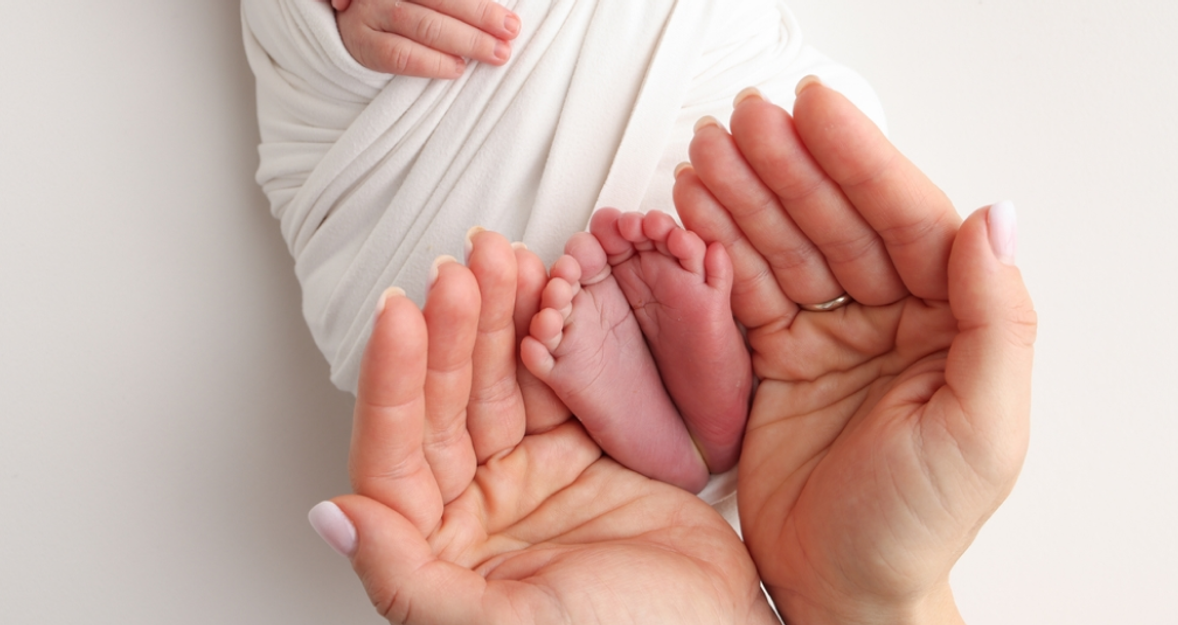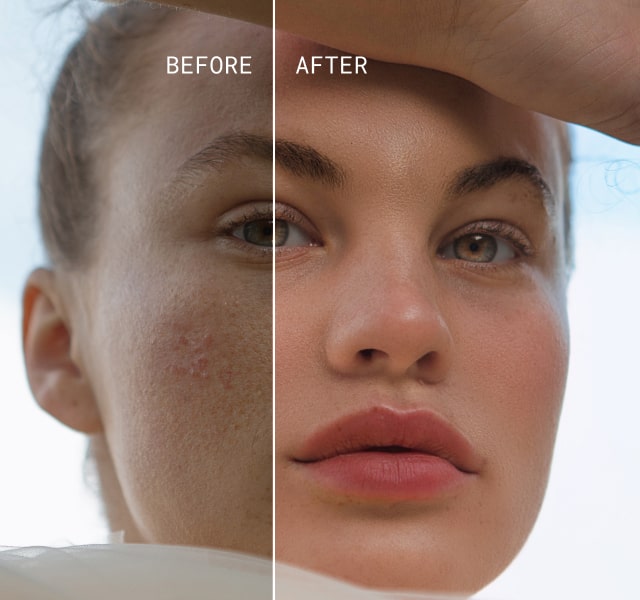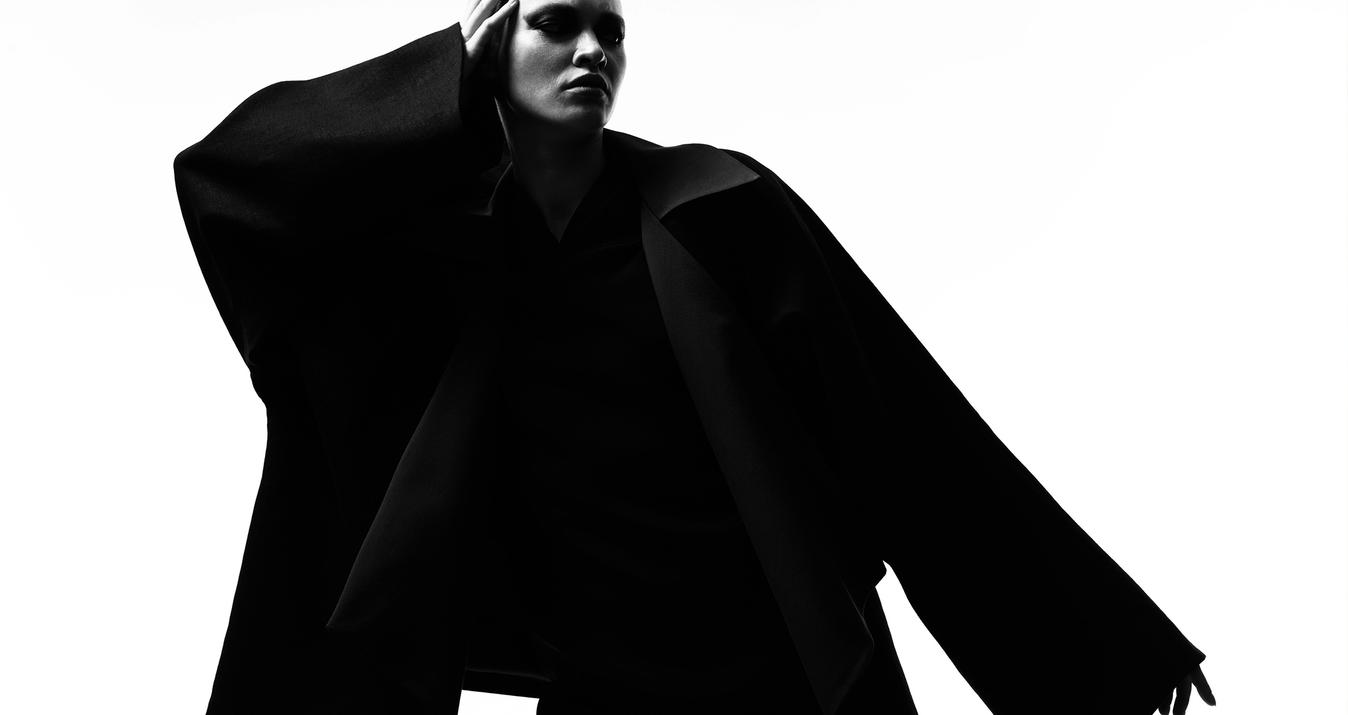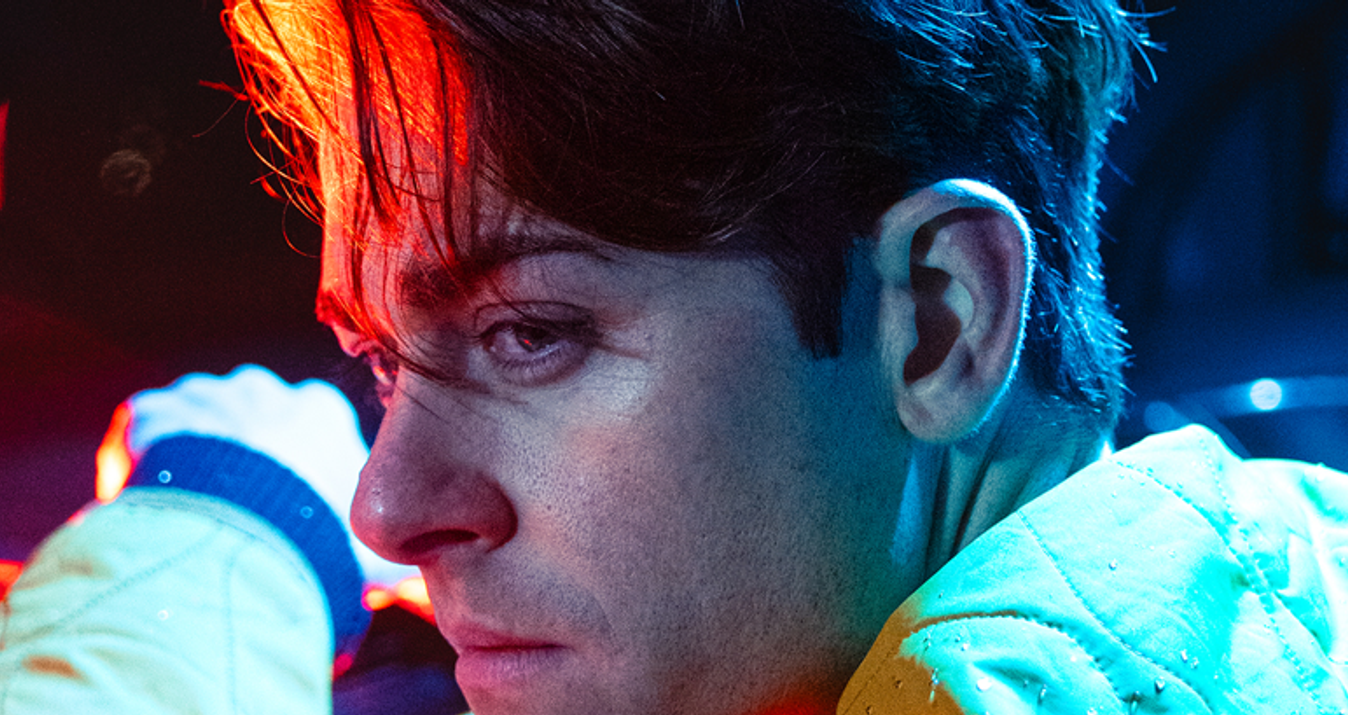Newborn Photoshooting: How To Get The Best Results
August 12, 2025

You pick up your camera and walk into the room, and there lies a newborn, unaware of the moment being captured. In that quiet space, your goal isn’t just to "take a picture." It’s to preserve the softness, warmth, and fragile beauty of those first days of life.
Newborn photography is a genre of its own—one where technique serves the atmosphere, and the baby’s safety and comfort always come first.
This article is your go-to guide for newborn photography tips and tricks, perfect for anyone getting ready for their first baby shoot or just looking to feel more confident behind the lens.
Safety First, Always
 Above all else, safety is the top priority in any newborn photoshoot.
Above all else, safety is the top priority in any newborn photoshoot.
Avoid risky or complicated poses, especially those often seen online that are unsafe to recreate without professional support. Always ensure the baby’s head, neck, and spine are fully supported. Never attempt poses on high surfaces like tables or chairs where a baby could roll or fall.
Stick to soft, low setups using blankets on the floor. Use props that are stable, plush, and baby-safe. Do not use glass, hard objects, or anything that can tip or shift.
Support is everything. And when it comes to posing, follow the baby’s natural flow. Positions that mimic the womb are best. Avoid anything that feels forced or unnatural. Gentle posing leads to gentle images.
Less Time Editing, More Time Creating
Try Aperty NowHow to Take Newborn Photos Preparing for a Photoshoot
Before diving into setups and camera gear, let’s take a step back. Because great newborn photos start with how the baby feels. Here are some essential tips for newborn photography that focus on preparing the space and creating an experience that’s calm, safe, and emotionally rich.
Location and Props
 The location should be quiet, warm, and free of clutter. Take a moment to scan the area: tuck away loose cables, dim any harsh lights, and double-check that every surface the baby may touch is soft, stable, and secure.
The location should be quiet, warm, and free of clutter. Take a moment to scan the area: tuck away loose cables, dim any harsh lights, and double-check that every surface the baby may touch is soft, stable, and secure.
Cleanliness is foundational. Always wash your hands before touching the baby and sanitize any props, wraps, or surfaces that may come into contact with their skin. Everything, from blankets to baskets, should be soft, hypoallergenic, and warm to the touch.
Light and Setup
 Lighting plays a subtle but powerful role in newborn photography. Soft, indirect window light is ideal. It gently wraps around the baby’s skin, giving it that natural glow. Use sheer white curtains to diffuse the light and avoid direct sunlight, which can create harsh shadows and discomfort.
Lighting plays a subtle but powerful role in newborn photography. Soft, indirect window light is ideal. It gently wraps around the baby’s skin, giving it that natural glow. Use sheer white curtains to diffuse the light and avoid direct sunlight, which can create harsh shadows and discomfort.
If natural light is lacking, opt for an external flash with a large diffuser or reflector. Set it to the lowest power to keep the light soft. Avoid the camera’s built-in flash altogether, it’s too harsh for such a delicate subject.
Lenses and Gear
 Your gear should support the story, not dominate it. A portrait lens with a shallow depth of field (around f/2.8–f/4) creates soft background blur while keeping the baby’s eyes in focus. For close-ups of tiny features like fingers, lashes, or lips, a macro lens works beautifully.
Your gear should support the story, not dominate it. A portrait lens with a shallow depth of field (around f/2.8–f/4) creates soft background blur while keeping the baby’s eyes in focus. For close-ups of tiny features like fingers, lashes, or lips, a macro lens works beautifully.
Prepare your camera settings for newborn photography in advance:
aperture between f/2.8 and f/4;
shutter speed around 1/200 to 1/250 for sharpness;
and ISO from 100 to 800 depending on available light.
Keep your setup simple and reliable, so your attention stays on the baby, not the gear.
Connection Is Key
 And most importantly, the baby sets the pace.
And most importantly, the baby sets the pace.
The best time for a newborn session is between 5 and 14 days after birth. Babies at this stage sleep deeply and naturally curl into fetal poses. Keep the room warm (around 80–85°F or 27–29°C), especially if the baby is undressed. Ask the parents to feed the baby just before the shoot—a full belly usually leads to a calm, sleepy baby. If possible, have them keep the baby awake for one to two hours beforehand to increase the chances of peaceful sleep during the session.
Many photographers use white noise or soft lullabies to soothe the baby and minimize distractions from camera clicks. Every little detail matters: your tone of voice, your body language, even your breathing. A calm, confident photographer helps parents relax, and when parents are calm, the baby senses it too.
Because in the end, newborn photography isn’t about perfect poses or trendy props. It’s about presence, safety, and trust—creating space for a parent’s love, a baby’s breath, and a memory that lasts a lifetime.
How to Make Newborn Photography Emotional and Meaningful
Newborn photos are about connection, warmth, and moments you’ll want to return to for years. Here are some practical tips on how to take good newborn photos that truly captures what matters:
1. Capture Real Moments, Not Just Poses
 Posed shots are beautiful, but it’s the honest, unplanned moments that often become the most meaningful. Capture the baby being fed or comforted, interacting with parents, reaching out, or making a funny little face in their sleep.
Posed shots are beautiful, but it’s the honest, unplanned moments that often become the most meaningful. Capture the baby being fed or comforted, interacting with parents, reaching out, or making a funny little face in their sleep.
2. Make the Photos Personal
 Shoot in places that are meaningful to the family—their home, the baby’s nursery, or a cozy corner they love. These spaces bring out genuine emotion and make the photos even more special years down the line.
Shoot in places that are meaningful to the family—their home, the baby’s nursery, or a cozy corner they love. These spaces bring out genuine emotion and make the photos even more special years down the line.
3. Involve the Family
 Parents in the frame matter. Years from now, the child won’t care how their parents looked—only that they were there. Use moments of hugs, soft eye contact, holding tiny hands, or gentle kisses.
Parents in the frame matter. Years from now, the child won’t care how their parents looked—only that they were there. Use moments of hugs, soft eye contact, holding tiny hands, or gentle kisses.
If there are siblings, start with posed shots, then let them play freely to capture candid joy and connection.
Read more: Children’s Portrait Photography: A Comprehensive Guide
4. Focus on Details and Scale
Tiny fingers, soft folds of skin, delicate hair—these details make each baby unique. Get close-ups and also capture scale: a little hand in a parent’s palm, or a baby’s head cradled in dad’s hands.
5. Build Trust and Confidence
 A confident photographer creates a calm atmosphere for both the baby and the parents. Talk with the family before the session to build trust and understand their expectations.
A confident photographer creates a calm atmosphere for both the baby and the parents. Talk with the family before the session to build trust and understand their expectations.
How to Get That Soft Baby Skin Look: Secrets from a Newborn Photographer
A touch of overexposure helps reduce redness and gives the skin a soft, clean glow. The key is to keep the natural texture intact—avoid heavy smoothing. Always shoot in RAW so you have full control over exposure and color when editing.
If you want your newborn photos to look clean, delicate, and professional without spending hours on manual retouching, try Aperty for newborn editing, and spend more time on creativity and family, not the editing grind.
In the editing studio photos workflow, Aperty lets you:
Gently retouch baby skin without losing texture—Aperty removes redness, baby acne, and flakiness in seconds while keeping the skin natural, without a plastic look.
Balance colors across the full set, even if the light changed during the session.
Use AI presets to maintain a soft, cohesive look across all your images, no matter the location or lighting conditions.
Add light effects—soft glows, warm highlights, or sunbeams—to create depth and atmosphere.
Batch-edit full galleries, saving hours and delivering beautifully finished photos to parents in no time.
If you want your newborn photos to feel warm, soft, and professional, try Aperty and focus on your art, not endless retouching. For example, after a newborn session, just upload your set to Aperty, apply gentle noise reduction, add warm light effects, and balance the tones. In 15 minutes, your gallery is ready to send to the family.
Final Words
Newborn photography is more about creating a calm, tender atmosphere than chasing perfect camera settings. Take your time, work in a quiet space with soft lighting, and let emotions shine through.
And if you want your newborn photos to look polished without spending hours on retouching, try Aperty family picture editor that speeds up your workflow while keeping the softness and beauty of each shot intact.
AI Editing at the Speed of Inspiration
Try Aperty NowFAQ
When is the best time to photograph newborns?
The ideal window is between 5 and 14 days after birth. During this time, babies sleep more and naturally curl into those cozy poses we all love.
What are the best camera settings for newborn photography?
Use an aperture of f/2.8–f/4, shutter speed of 1/200–1/250, and ISO between 100–800. This setup helps you capture soft, clean images with beautiful depth.
How do I keep the baby calm during the session?
Keep the room warm and cozy, play white noise or soft music, make sure the baby is fed beforehand, and move slowly and gently throughout the shoot.
How can I edit newborn photos to get that soft, dreamy look?
Use Aperty for gentle retouching. It helps reduce noise, even out skin tones, and preserve the baby’s natural skin texture for a clean and delicate finish.





